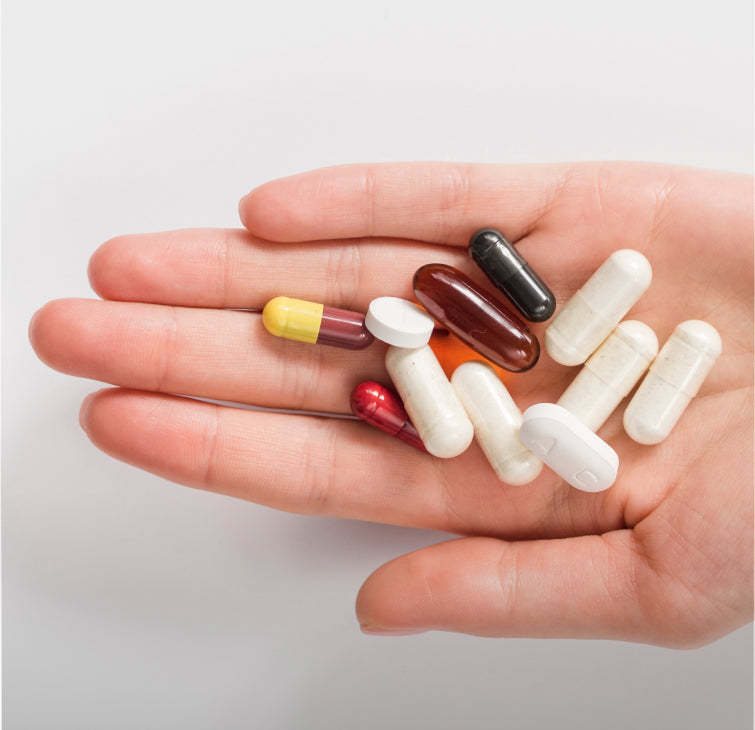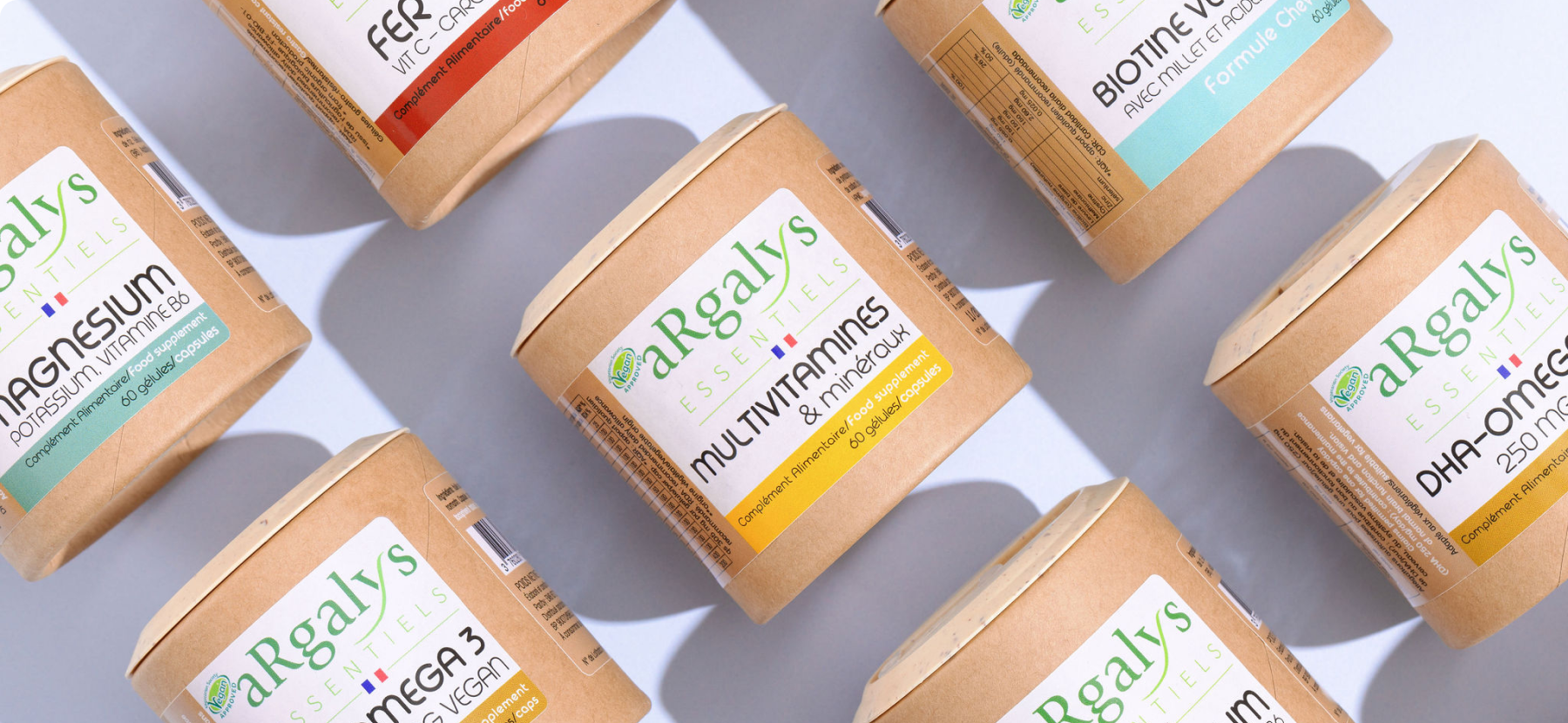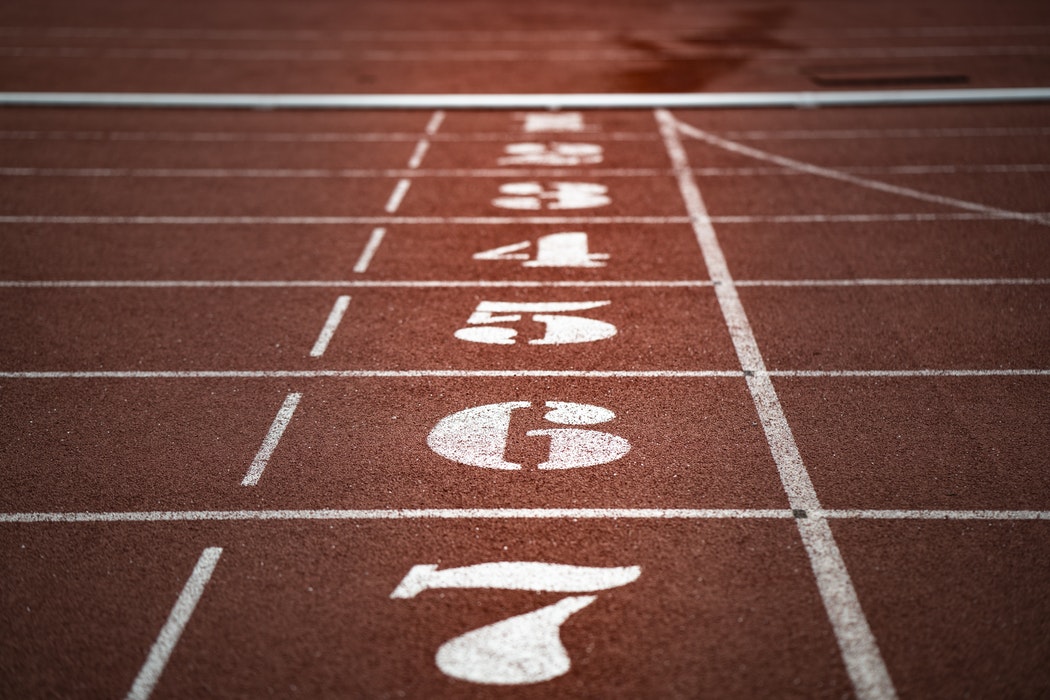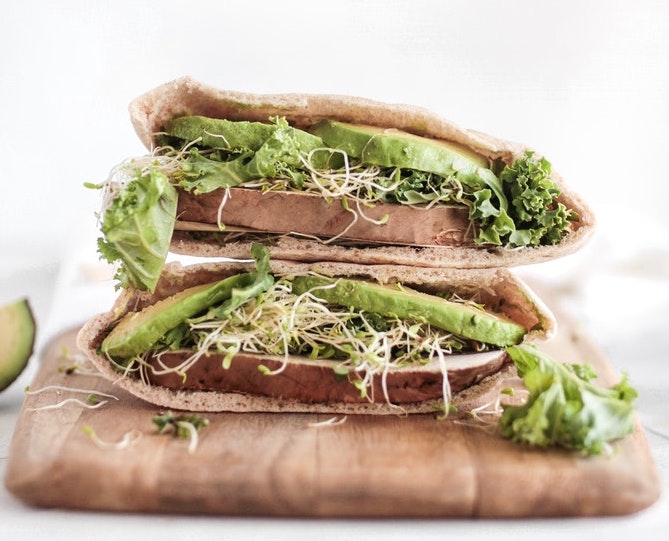Proteins, lipids, carbohydrates and micronutrients: what are they for?
This deliberately concise information aims to give you a clear and hierarchical vision of the major nutritional balances and priorities. The important thing is to have a comprehensive understanding of the needs and role of each family of nutrients. To function properly, that is, to stay in good condition and have sufficient energy, our body needs:- Oxygen
- Water: Without water our survival is limited to a few days.
- Food: without food our survival is a maximum of one month.
- proteins
- Carbohydrates
- Lipids
Proteins

These are molecules composed of an assembly of amino acids linked together. There are 20 amino acids in total, 8 of which are considered essential because they cannot be synthesized by the body and therefore need to be provided in sufficient quantities through food. Proteins are the main constituents of all tissues in our body: skin, organs, muscles, but also hormones, enzymes, and antibodies of the immune system. Proteins are not normally used as a direct source of energy. For energy production, the body primarily uses carbohydrates and lipids. The use of proteins for production results in a loss of muscle mass, a sign of undernutrition.
What are the needs? Contrary to popular belief, it is not necessary to overconsume protein. Indeed, observation of the actual average consumption in Western countries shows a significant overconsumption of protein: twice as much as the calculated needs. It is useless, expensive, possibly harmful to health, certainly not ideal for the planet, but it amounts to saying that omnivorous athletes are rarely deficient in protein with a normal diet. The needs of an average adult (without growth, only for body maintenance) are 0.7 to 0.8 grams of protein/kg of weight/day, or 50 to 70 grams of protein (so for example 200 to 280 grams of food with 25% protein).
Protein needs are higher for athletes because the muscles involved require more amino acids for their maintenance. Vegetarians and vegans escape this protein frenzy with much more measured intakes. If we take into account the less complete amino acid profiles of most plant proteins and their lower average digestibility, we can reasonably recommend a protein intake of 1 g/kg of body weight per day for sedentary vegans (non-athletic) and apply the same safety coefficient of +20/40% for the maintenance needs of vegan athletes, i.e. 1.2 to 1.4 g/kg of body weight per day (without gaining muscle mass).
Carbohydrates

Carbohydrates are all the "sugars" that are used for energy production. Before discussing nutrition, we must realize the exceptional nature of this family of nutrients, without which no terrestrial life would have developed. Carbohydrates are simply the result of the transformation of solar energy into nutrients by the photosynthesis mechanism of plants, at the origin of the entire food chain. Without sunlight, there are no carbohydrates, and therefore no life.
Carbohydrates are the body's preferred energy suppliers in the form of glucose . They are useful for brain function as well as for physical activities. Depending on their composition (their number of carbon atoms), we distinguish between "fast" carbohydrates (glucose and other similar forms, which enter directly into the energy production process) and "slow" carbohydrates (e.g., starch from pasta and potatoes, etc.) which can be stored (in the form of glycogen) in the liver and muscles, but which are not immediately available. They must be reduced to glucose to be used. One gram of carbohydrates provides 4 Calories: for an average energy expenditure of 2000 calories/day, if we consider that carbohydrates must cover at least 50% of these needs, we therefore need 250 grams of carbohydrates per day (1000/4). Long-term intense sporting activity (running, cycling) can represent an additional expenditure of 600 kcal/hour.
Lipids

Lipids are fats and oils. Their common characteristic is that they are insoluble in water. We commonly distinguish between saturated lipids (in which all the carbon atoms are saturated with hydrogen), which are solid at room temperature, and unsaturated lipids, which are liquid at room temperature (oils). Lipids are involved in the composition of tissues, particularly cell membranes, in the metabolism of fat-soluble vitamins (A, D, E, K), and in the supply and storage of energy: fats are by far the primary energy source in our body (1 gram of lipids produces 9 calories). We will see in the next chapter the importance of training ourselves to use our fats well. As with amino acids, some lipids are essential (must absolutely be provided by food), this is particularly the case for Omega 6 and Omega 3 fatty acids and particularly DHA and EPA (the body synthesizes some of them, but not in sufficient quantities). While these three macronutrients are essential for your health, it is also important to talk about vitamins and minerals.
Vitamins and minerals

Vitamins and minerals are micronutrients that represent about 4% of our weight. The most important are Calcium and phosphorus (sodium, magnesium, potassium) which are involved in the composition of bones and teeth, but also in the mechanisms of energy production and muscle contraction. All minerals and vitamins have specific essential functions. The daily requirements for each micronutrient are well evaluated *(by the NRVs: Nutrient Reference Values). Sports effort increases the use (and/or elimination) of most vitamins and minerals . It is therefore necessary to compensate for these losses with additional intakes to maintain the level of performance.
* Vitamin B12 and iron for vegans are exempt from this rule because it is commonly accepted that in the absence of any consumption of animal products, daily intake of Vitamin B12 must be 3 to 4 times higher than the NRV. The low absorption by the body of Iron contained in plants (non-heme iron = non-blood) should also encourage vegans to take a similar precautionary measure for this mineral. (An annual blood test for these two elements is also recommended).
To go further in understanding:
The main mechanism of energy production: ATP and Krebs Cycle
If ATP only means tennis to you, take the time to read the following. ATP also refers to the molecule (adenosine triphosphate) which, through a mechanism known as the Krebs cycle and in the presence of plenty of oxygen, is the basis of the body's energy production. The remarkable phenomenon to keep in mind is that ATP can be obtained both from carbohydrates (the easiest solution) and from lipids (triglycerides in storage). Our energy therefore comes from two main sources: lipids and carbohydrates. Our engine is opportunistic and can accept several types of fuel!Limit the body's acidity during exercise
Physical exertion increases the body's acidity, particularly through the production of the famous lactic acid. The latter is the cause of muscle burns and induces cramps and intense pain. Lactic acid is a by-product of the Krebs cycle as soon as oxygen is lacking . Reducing lactic acid production and reducing overall acidity are important sub-objectives of training and sports nutrition. In terms of diet, it is recommended, in addition to good hydration:- For a medium-term structural effect: good intake of magnesium (easy for vegans: seeds, cabbage, turnips, peas, etc.), omega 3 (oils or supplements ) and B group vitamins which allow optimal use of glucose.
- In the short term before, during, and after exercise: sodium or potassium bicarbonates diluted in water are very useful for limiting the increase in acidity and therefore delaying the onset of pain and cramps and facilitating recovery (most sports drinks contain them). Do not exceed 10 grams per liter of water (1%) and test beforehand to adjust to your sensitivity (too high a dosage can be nauseating).
 04 74 03 98 80
04 74 03 98 80









